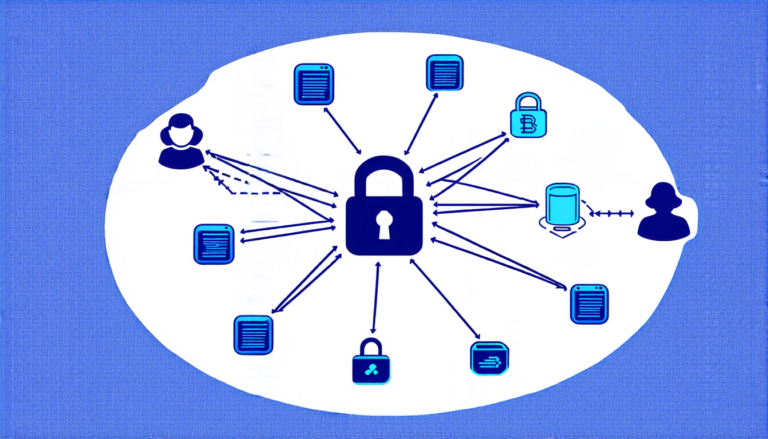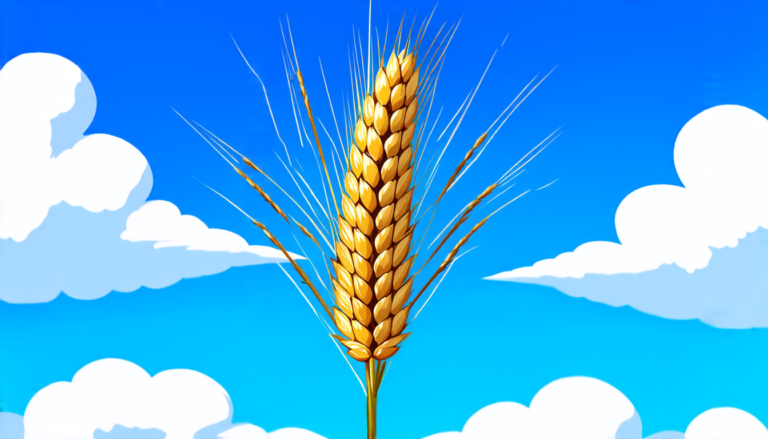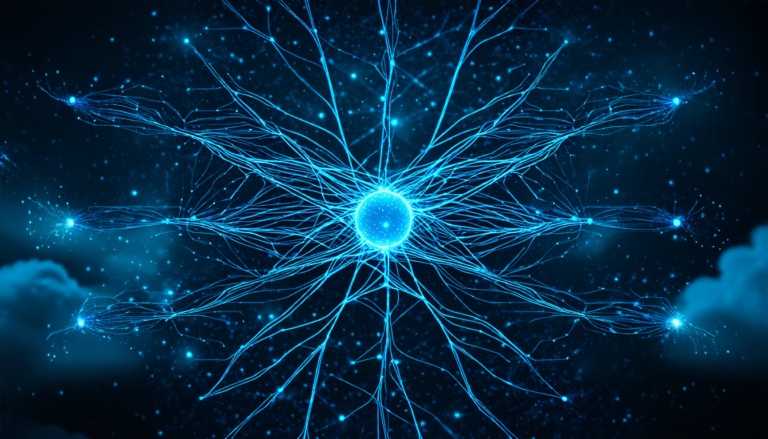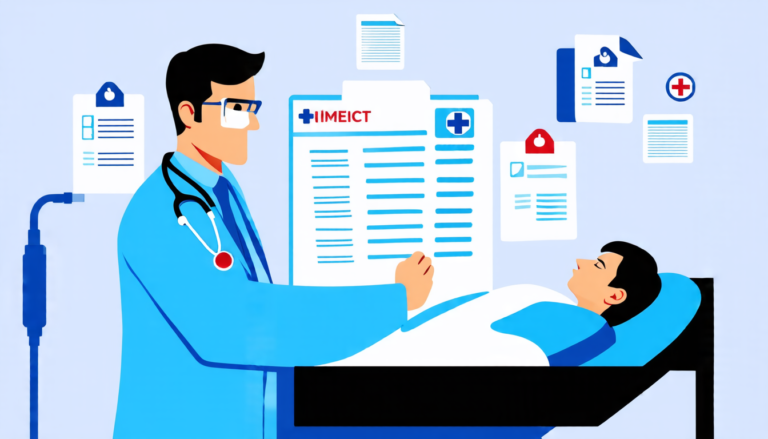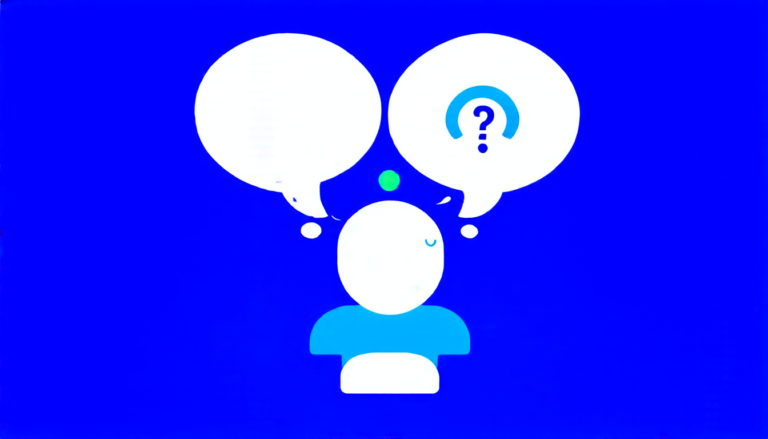Thursday 10 April 2025
We’re always trying to figure out why people make certain choices, whether it’s what car to drive, who to vote for, or where to eat dinner. But when we’re making these decisions, our surroundings play a huge role in shaping our choices. Think about it – you’re more likely to choose the restaurant with the longest line if your friends are already there, and you might be less inclined to take the bus if everyone around you is driving.
Now, scientists have developed a new way to understand how these social influences affect our decisions. They’ve created a computer model that can predict what we’ll choose based on the choices of those around us. This model uses something called graph convolutional neural networks, which are like super-powerful calculators that can learn from big datasets.
The researchers started by looking at data from New York City commuters who had to decide whether to take the bus, subway, or drive to work. They found that people’s choices were heavily influenced by what their friends and colleagues were doing – if most of your coworkers took the bus, you were more likely to do the same.
The scientists used this data to train their model, which can then be applied to all sorts of different situations. For example, they could use it to predict how people will vote based on who their friends are voting for. Or, they could use it to understand why certain restaurants become popular in a particular neighborhood.
One of the really cool things about this model is that it can also help us understand when we’re making choices that don’t necessarily make sense – like choosing the restaurant with the longest line because everyone else is doing it. By analyzing the social influences at play, the model can help us identify biases and make more informed decisions.
The implications of this research are huge. It could be used to develop all sorts of new technologies, from personalized advertising to smart traffic systems. And on a deeper level, it could help us understand how our surroundings shape who we are and what we want.
Of course, there’s still a lot to learn about how social influences affect our choices. But with this new model, scientists are one step closer to cracking the code of human decision-making.
Cite this article: “Deep Learning Meets Discrete Choice: A Novel Graph Neural Network Architecture for Modeling Social Influence in Decision-Making Processes”, The Science Archive, 2025.
Social Influences, Decision-Making, Computer Model, Graph Convolutional Neural Networks, Commuters, Bus, Subway, Driving, Voting, Advertising, Traffic Systems.


